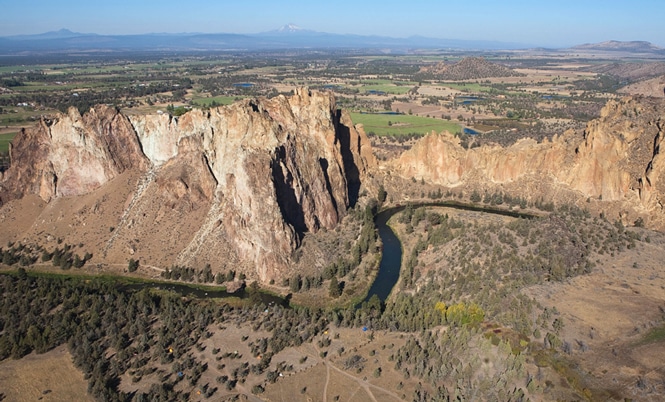This article was published on: 01/2/12 3:30 PM
This winter, we broke ground with North Unit Irrigation District on the first phase of the largest streamflow restoration initiative in Oregon’s history. When completed, this initiative will restore up to 190 cubic feet per second of streamflow to the Crooked River running through Smith Rock State Park. This reach of the Crooked River has historically suffered from poor water quality and a degraded ecosystem. This initiative will benefit the region’s agricultural economy while permanently improving conditions for fish, wildlife, and recreation.




